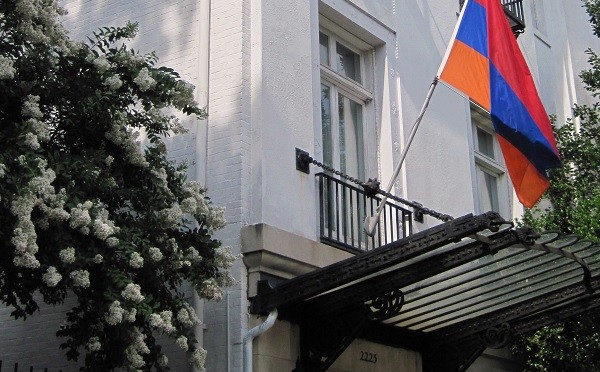Month: March 2014
-

Perinçek: Switzerland requests referral to Grand Chamber
Federal Office of Justice Press Release, FOJ, 11.03.2014 Berne. Switzerland is to request that the European Court of Human Rights have the case of Doğu Perinçek referred to the Grand Chamber for review. The decision was made by the Federal Office of Justice (FoJ). A review would clarify the scope available to the Swiss authorities…
-

Azerbaijani Distortion of the Events in Khojaly
WASHINGTON, March 3, 2014 — Azerbaijani diplomacy and propaganda continues to mislead the international community and Azerbaijani people by falsifying the essence and the history of the Nagorno-Karabakh conflict and the facts about the Khojaly events in particular. By distorting the Khojaly events, Azerbaijani regime attempts to escape the responsibility for the Armenian massacres in…